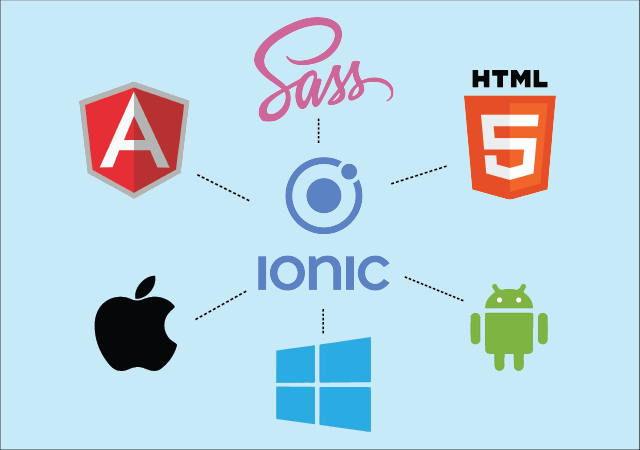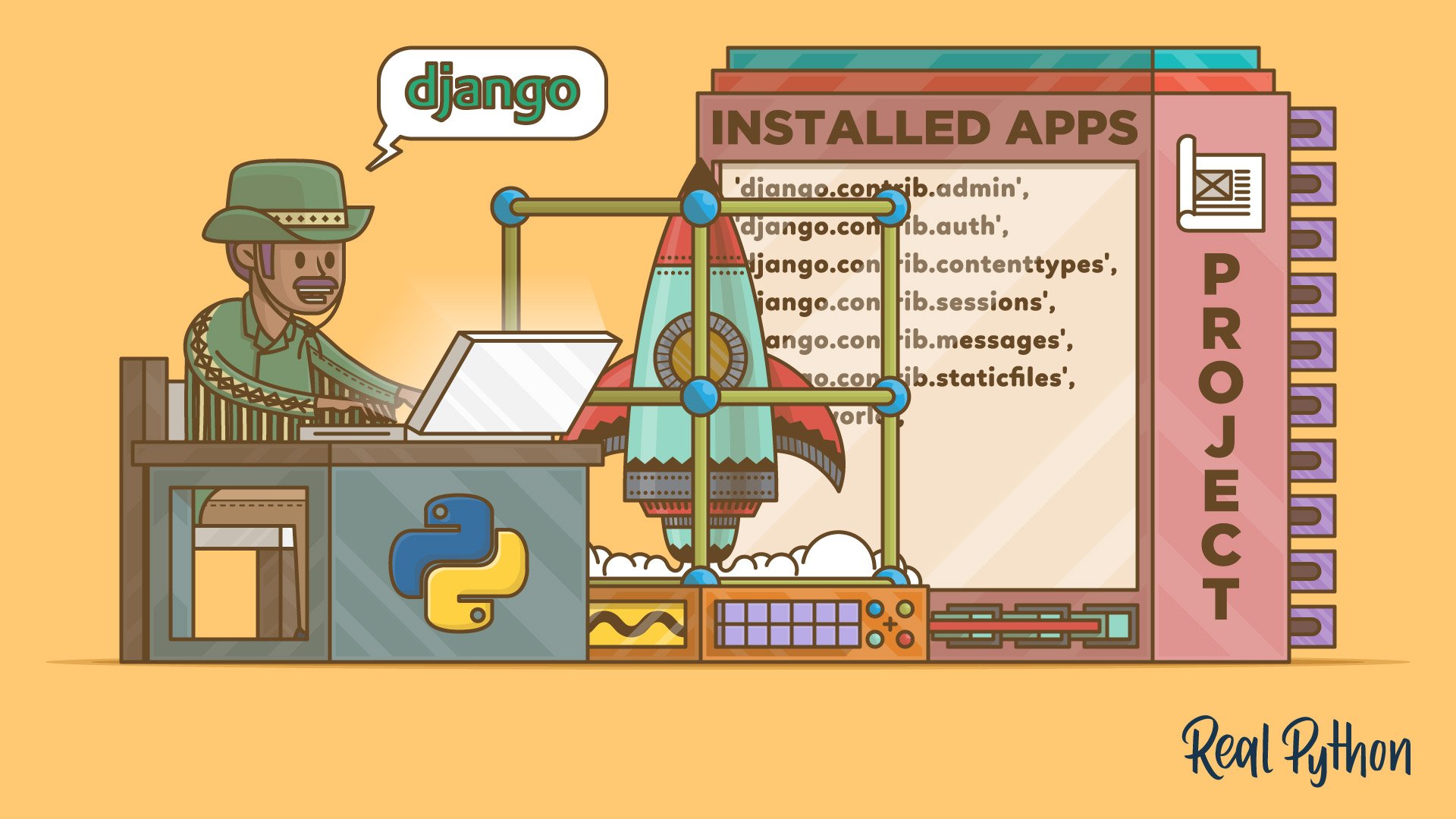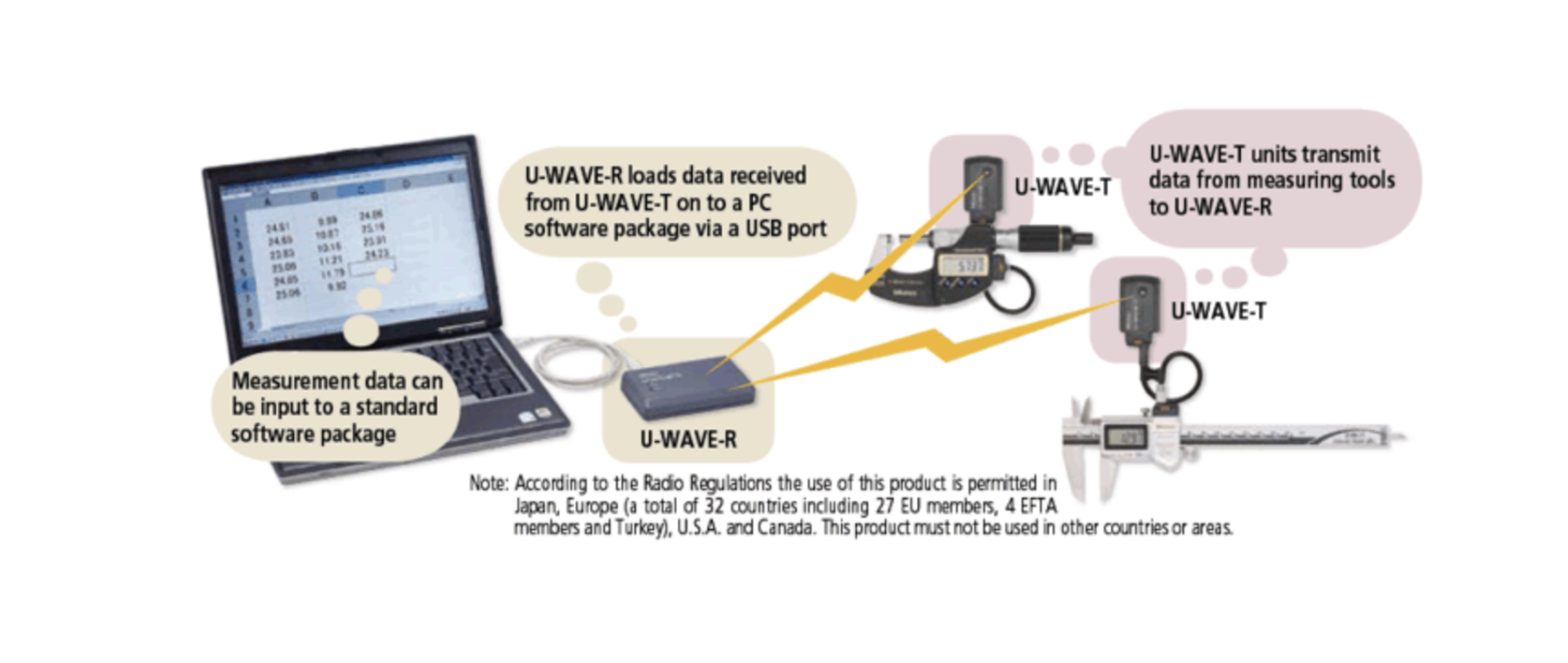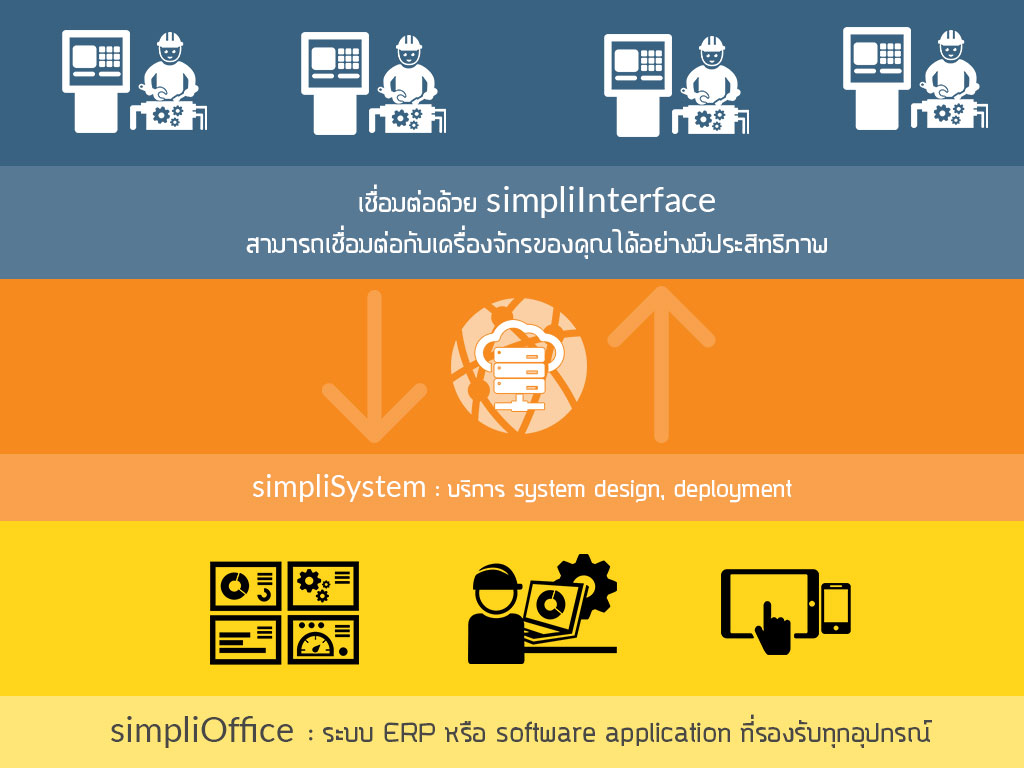Understanding How AI Models Work: A Guide for All Readers
Artificial Intelligence (AI) is widely used today, from chatbots to automated assistants. But how does AI work behind the scenes? This post will explain AI in a way that both technical and non-technical readers can understand, covering how AI processes requests and generates responses.
What Are AI Model Parameters?
AI models rely on parameters, which are like settings that help the AI understand and generate responses. These include:
- Weights and Biases (Technical) – Mathematical values that determine the strength of connections between neurons in a neural network.
- Patterns & Rules (Non-Technical) – The AI learns relationships between words and concepts.
- Attention Weights (Both) – The AI decides which words or parts of input matter most in context.
- Filters/Kernels (Technical) – Used in image recognition and text processing to extract key details.
Mathematically, a neural network processes an input X using weights W and biases b:
Y = W \cdot X + bwhere Y is the output.
AI Model Sizes: How Big Are They?
AI models come in different sizes based on the number of parameters they use. Here’s a simple comparison:
| Model Type | Size | Used For |
|---|---|---|
| Small AI Models | < 1B parameters | Simple tasks like spell checkers |
| Medium AI Models | 7B parameters | Chatbots and coding assistants |
| Large AI Models | 175B+ parameters | Advanced AI like ChatGPT and Google’s Bard |
Larger models typically perform better but require more computing power and data.
How AI Understands and Processes a Request
Let’s say you ask an AI: "Write a Python factorial program"
Here’s what happens inside the AI model:
Step-by-Step AI Workflow
- Tokenization (Technical): The input text is broken down into smaller pieces (tokens).
- Breaking Down the Request (Non-Technical): AI separates words for easier understanding.
- Mapping to Numerical IDs (Technical): Each token is converted into a number from the AI’s vocabulary.
- Understanding Meaning (Both): AI uses past examples to interpret the request.
- Finding Patterns (Both): The AI looks at billions of examples it has seen before.
- Generating a Response (Technical): AI predicts the next token (word) step by step.
- Final Output (Non-Technical): The AI produces a human-readable response.
Mathematically, the AI predicts the next word y_t given previous words using a probability function:
P(y_t | y_1, y_2, ..., y_{t-1}) = \text{softmax}(W h_t + b)where h_t is the hidden state at time t.
Mermaid.js Workflow Diagram
This diagram illustrates the AI workflow in both simple and technical terms:
graph TD;
A["User Input: write a python factorial program"] --> B["Tokenization & Breaking Down Words"]
B --> C["Mapping to Numerical IDs"]
C --> D["Understanding Meaning & Finding Patterns"]
D --> E["Generating Response Step-by-Step"]
E --> F["Final Output"]Example Response: Python Factorial Program
If you ask AI to generate a factorial program, it might reply with:
def factorial(n):
if n == 0 or n == 1:
return 1
return n * factorial(n - 1)
print(factorial(5))This follows the mathematical formula for factorial:
n! = n \times (n-1)! \text{ for } n > 0, \quad 0! = 1Conclusion
AI models work by recognizing patterns, processing input step by step, and generating responses. Whether you're a beginner or an expert, understanding these fundamentals can help you appreciate how AI is shaping our world.
Would you like to explore more AI concepts? Let us know in the comments! 🚀
Get in Touch with us
Related Posts
- How to Build an AI-Resistant Project: Ideas That Thrive on Human Interaction
- Build Your Own Cybersecurity Lab with GNS3 + Wazuh + Docker: Train, Detect, and Defend in One Platform
- How to Simulate and Train with Network Devices Using GNS3
- What Is an LMS? And Why You Should Pay Attention to Frappe LMS
- Agentic AI in Factories: Smarter, Faster, and More Autonomous Operations
- Smarter, Safer EV Fleets: Geo-Fencing and Real-Time Tracking for Electric Motorcycles
- How to Implement Google Single Sign-On (SSO) in FastAPI
- Build Your Own Taxi Booking App with Simplico: Scalable, Secure & Ready to Launch
- Building a Scalable EV Charging Backend — For Operators, Developers, and Innovators
- How to Handle Complex Pricing for Made-to-Order Products in Odoo
- How to Build a Made-to-Order Product System That Boosts Sales & Customer Satisfaction
- Transform Your Operations with Autonomous Agentic AI
- Streamline Fiber Tester Management with a Lightweight EXFO Admin Panel
- Enhancing Naval Mission Readiness with EMI Simulation: Cost-Effective Risk Reduction Using MEEP and Python
- Strengthen Your Cybersecurity Posture with Wazuh: A Scalable, Cost-Effective SIEM Solution
- OCPP Central System + Mobile App — Customer Proposal
- How TAK Systems Are Transforming Border Security
- ChatGPT-4o vs GPT-4.1 vs GPT-4.5: Which Model Is Best for You?
- Can Clients Decrypt Server Data Without the Private Key? (Spoiler: No—and Here’s Why)
- Managing JWT Authentication Across Multiple Frameworks














